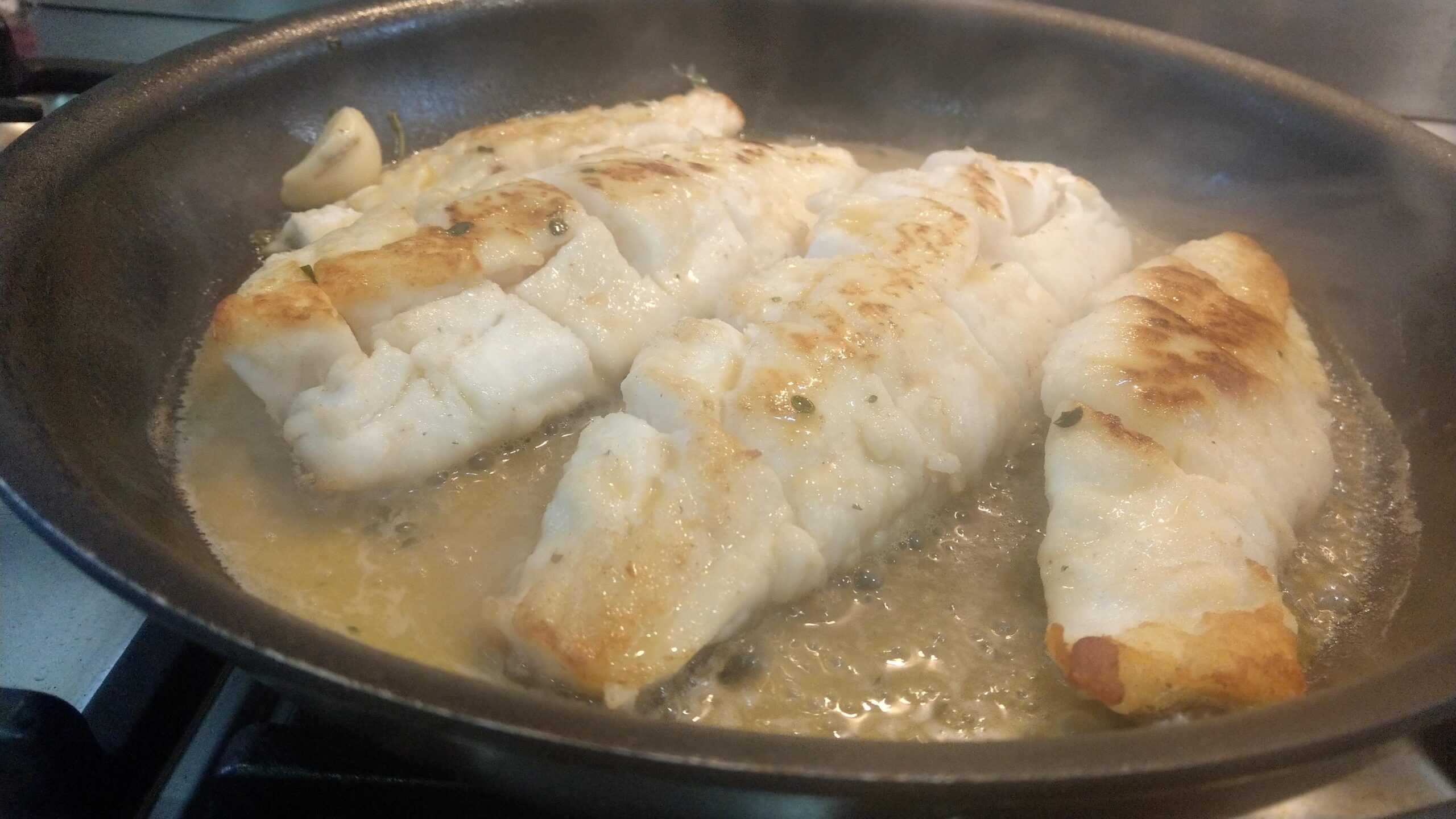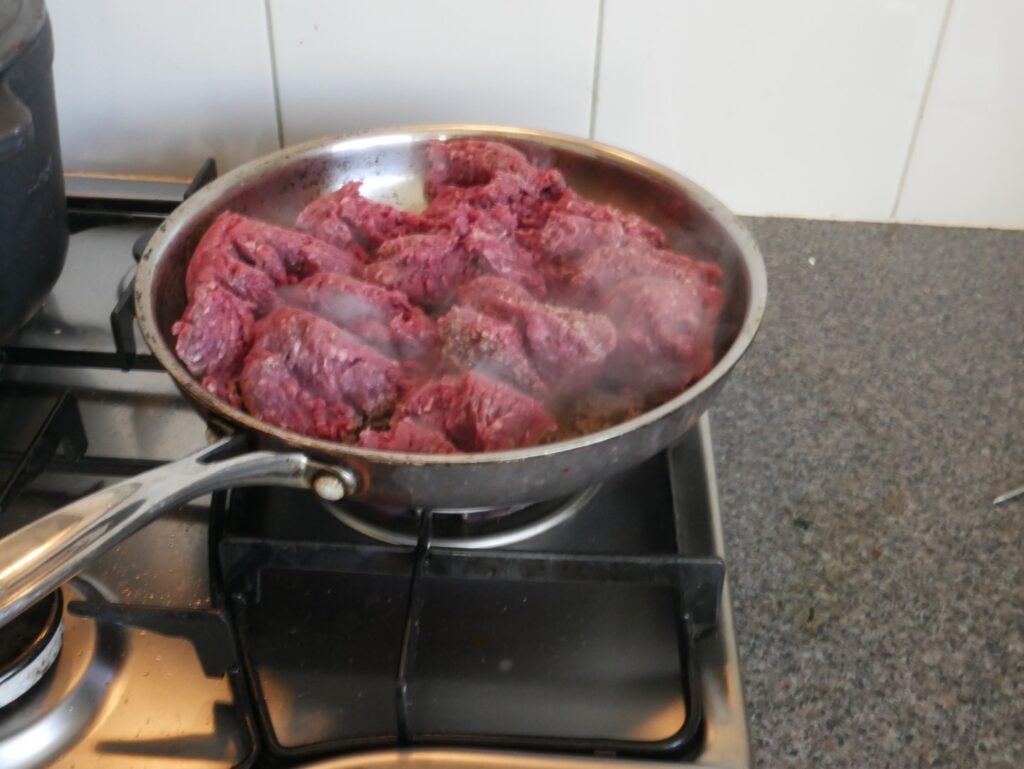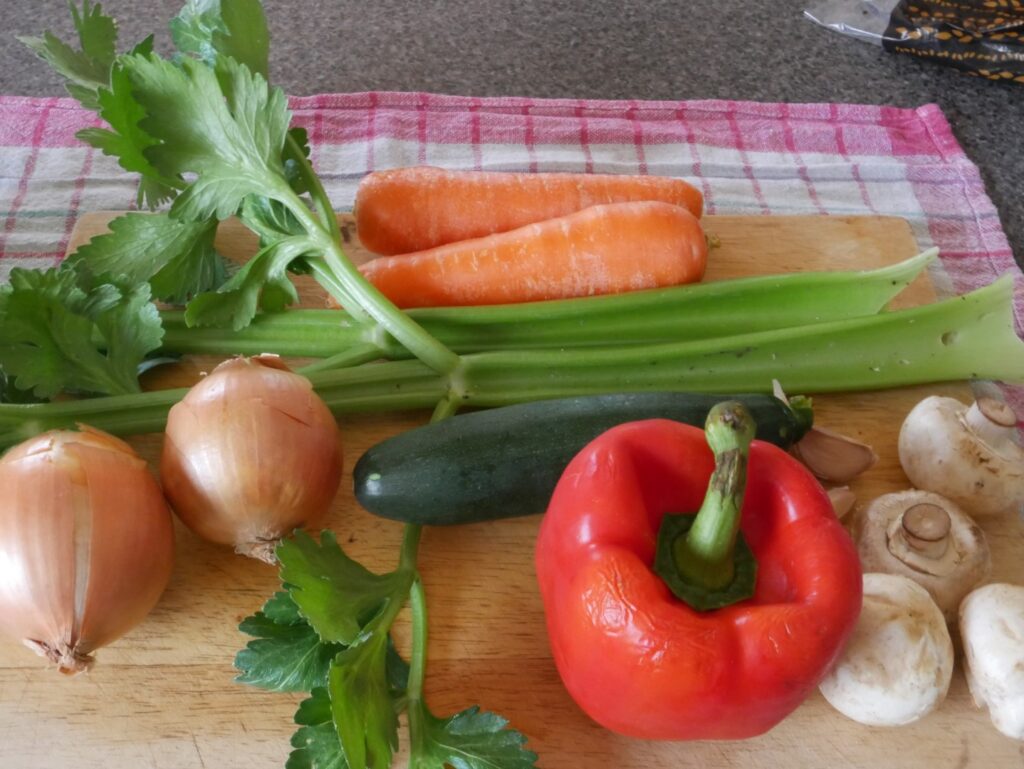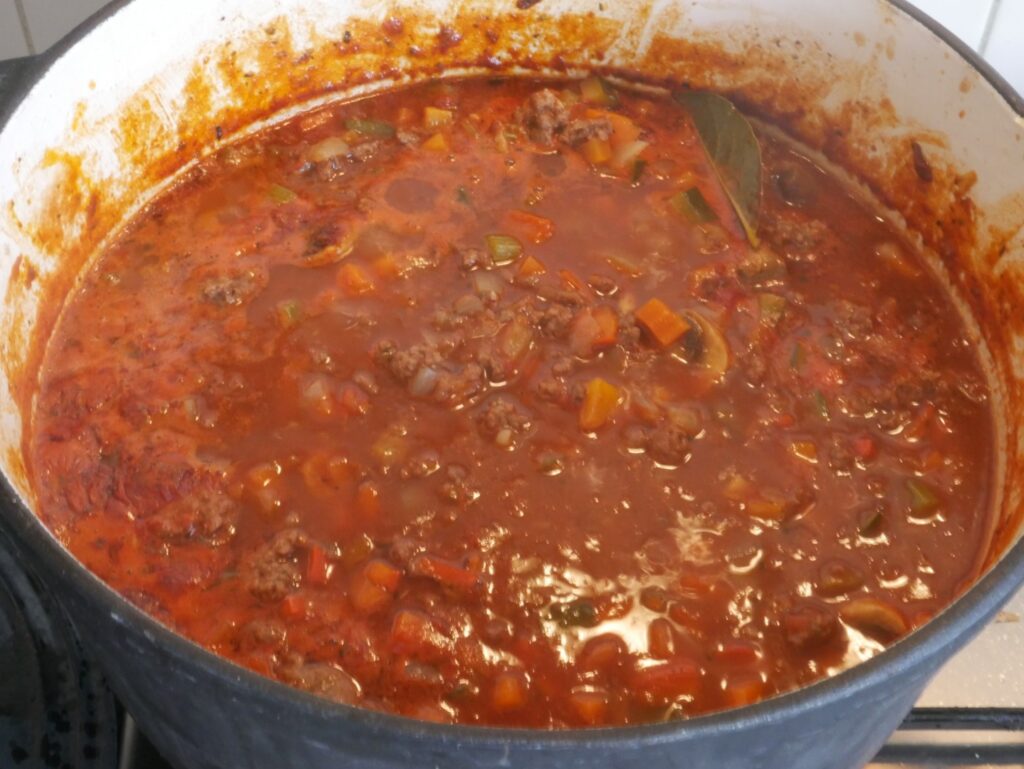I am not a fisherman by nature – more inclined to drown a few worms, get eaten by mozzie and then find something more exciting to do.
So I got a huge shock when fishing off a jetty with my little family and brother I caught a fish! And according to my shocked angler brother – an excellent eating fish.

Now to find a recipe.
I don’t cook seafood often as I was brought up in inland Australia, so my experience is limited.
My thought process was not to overpower the flavour. Googling recipes I saw some SE Asian inspired recipes overloaded with mammoth flavours like ginger, lemon grass, chilli etc – but I decided to try a more subtle route.
Ingredients
(Guestimates)
- 1 Coral Trout (Or any other firm white fish) filleted with skin on
- 1/2 cp of plain flour
- 1 tsp salt
- 375ml of a light but tasty Pale ale
- 5 tbs of butter – cut into chunks and chilled
- One clove of garlic
- Sprig of lemon thyme
- Canola oil for frying
- Extra salt for seasoning
- Lemon wedges to serve
Method
- Heat a large frypan on medium.
- Assess the thickness of the fish fillets. If quite thick; score the flesh side of the fish with a knife every 2cm to allow for more even cooking.
- Dry the fillets with kitchen towl to remove excess moisture.
- Season the fillets with salt.
- On a plate – mix the flour with the tsp of salt. Dust the fillets liberally with the seasoned flour and shake off the excess.
- Heat the oil and add the fish skin side down. Cook for a couple of minutes until the fish is half cooked through.
- Carefully turn the fish a cook until the fish is almost cooked though. Remove the fish to a plate.
- Add the ale, lemon thyme and whole garlic clove to the pan. Bring to a simmer and reduce the heat.
- Add one piece of butter and stir until it completely emulsify into the liquid. Repeat with the other chunks of butter – one by one.
- Remove the thyme and garlic.
- Taste the sauce. Adjust the seasoning if needs.
- Add the fish back to the pan to warm through. Spoon the sauce over the fish.
- Serve with the buttered sauce and lemon.

Notes
- Serving suggestions – simple blanched or steamed greens
- I was constrained by what ingredients I had on hand. Some modifications can be:
- A white wine Iike a riesling
- Tarragon instead of thyme
- When tasting if the ale has made the sauce too bitter – add a bit of sugar.
- If I had the right ingredients I would have probably made the following recipe from Neil Perry.
The Story of the Coral Trout catch
Theory
My brother was shocked that such a large Coral Trout was caught off an estuary jetty as they are usually found on the reef.
His angler friend’s theory was the particular jetty we were fishing off. It is a jetty where fishing vessels dock to transfer their catch. The vessels would catch Coral Trout on the reef and bring them back alive. They then will measure for size and throw the undersize fish off the jetty.
Our fish probably hung around under the jetty after being released and grew to its final 50cm size.
















